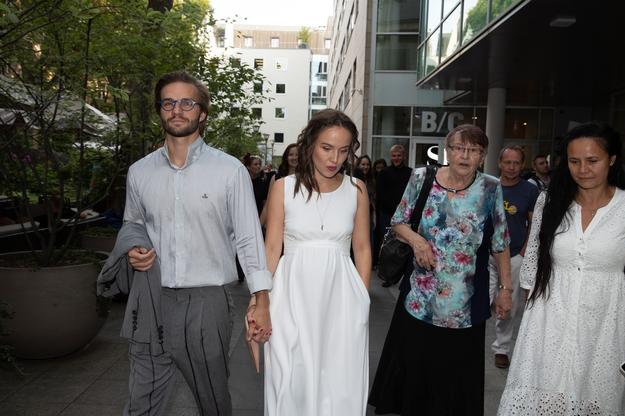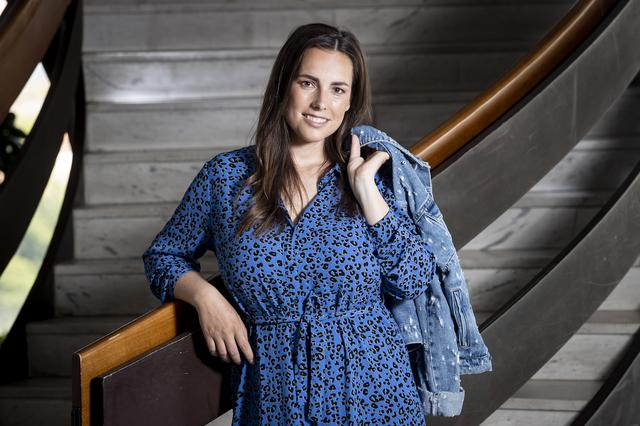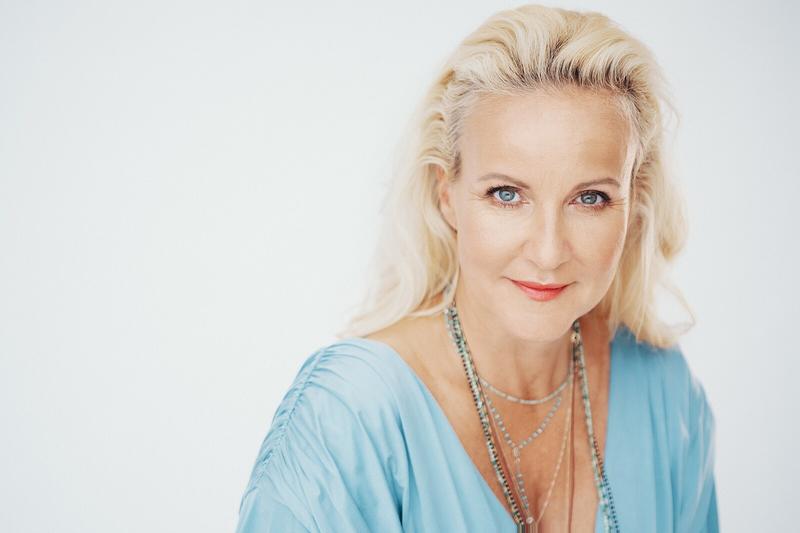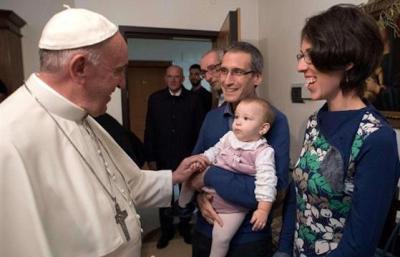Controversial icon: Did Lída Baarová become a victim of gossip or her own ambitions?<
Advertisement
Everyone remembers the dark-haired femme fatale of the movie screen as Lída Baarová, but the actress used other names during her life. She was born on September 7, 1914 in Prague as Ludmila Babková in the family of an official of the Prague municipality and an opera chorister. Thanks to their good financial background, after general school, she was able to study the next five grades of gymnasium and then, despite the displeasure of her parents, the conservatory. When Ludmila was seventeen, Lída Baarová appeared on the scene. And literally.
The artistic pseudonym, which was recommended by her father because of his friendship with the writer Jindřich Šimon Baar, also represents a "cover" for the violated school rules. At that time, students of the conservatory were forbidden to make films while studying, they could only act as extras. In 1931, however, Ludmila Babková could not resist and let herself be cast in Pavel Čamrda's Career. Although the success of Baarová's film closed the door to the conservatory, it opened the door to the world of cinematography wide open for her. After the Christmas premiere of Career, she made six more films in the course of the following year alone.
Film star
Lída Baarová gradually became very popular, she was received positively not only by viewers, but also by critics. According to contemporary comments, they appreciated her immediacy, acting talent and charm. It undoubtedly helped the budding actress that she already appeared on the screen alongside the greats of the time, such as Vlasta Burian or Hugo Haas, at the beginning of her career. In the ten years from her debut to the last film produced in the Barrandov studios, which was Turbína (1941) directed by Otakar Vávra, she appeared in thirty-one Czech films. Among the most famous are The Girl in Blue (1939), for which she won the National Award, Lélíček in the service of Sherlock Holmes (1932) or I'm a girl with the devil in my body (1933). In retrospect, she is especially recognized for her dramatic role in Virginity (1937).
Baar was very ambitious and goal-oriented. At some stages of her life, she claimed to think of nothing but her profit, fame and career. She also confirmed this when trying to break through in German film, which in the 1930s was considered a European version of Hollywood. She had to learn German perfectly and lose weight within three weeks. All the time she was willing to eat only apples and sit for many hours every day with a language teacher and polish her pronunciation. Hard work brought the desired result, in 1934 she signed a contract with the film company UFA. Immediately after the first German film Barkarola (1935), she became the darling of the local audience and by 1938 she had made a total of ten films in Berlin.
Her fame also attracted agents from American Hollywood, who in 1937 offered her an exclusive seven-year contract with a high fee. However, the actress refused the offer. As to why she did not go to "real" Hollywood and instead stayed in Germany, there are more or less subtle conjectures. Among the alleged reasons, however, Baarová's fear of losing her hard-earned fame and not getting it overseas, or her infatuation with the German Minister of Propaganda Goebbels, appear most often.
It was Baar's personal relationships that spun and still spin the carousel of the biggest sensations, both with members of her family and fellow actors, and above all with actors, directors and politicians. For example, the rumor that she married her first film partner Gustav Fröhlich in Germany was considered true by Czech newspapers of the time and by Adolf Hitler himself.
Goebbels' Liduschka
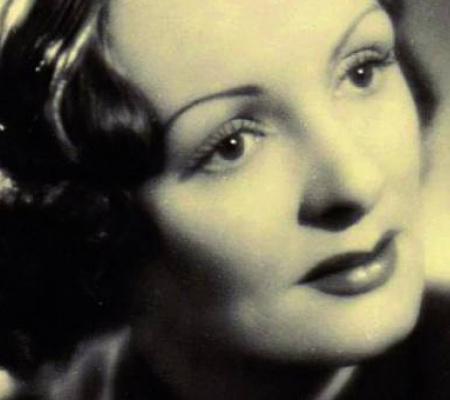
Undoubtedly, the most fantasy is stimulated by Baarová's relationship with Goebbels, which still arouses more interest among many people than the artistic performances of the Czech actress. Is this persistent curiosity due to the exceptional beauty of one and the ugliness of the other, the piquancy of the secret relationship between a high representative of the state and a famous diva, or the relationship between a Czech woman and a German who later waged war against his beloved's homeland? Be that as it may, none of this played a decisive role for Lída Baarová. Although she never admitted a love affair to her father, and as late as 1991 she let herself be heard saying that "when someone says I was his lover, they are not right", she certainly maintained an intimate relationship with Goebbels from the end of 1937.
In autobiographical texts and interviews, the rationale for their union also differs. Sometimes Baar claimed she was afraid of the German Propaganda Minister, other times she fell in love with his devoted love, and she rarely admits that she simply loved him. The approach of Goebbels' wife Magda to Lída Baarová also sounds ambiguous. From some accounts it follows that she tolerated her husband's mistress and even befriended her, from others that she only suffered and did not like her at all. However, perhaps both statements are true.
For the first of them, the fact that the famous actress lived with her husband in the same household for about a month and participated in family gatherings would play a role. For the second, the end of the partnership triangle caused by Magda's despair and her escape to Hitler, who helped her out of a predicament. Goebbels severed all ties with his mistress and forbade Baar to act in films and participate in all public events. The actress then hurriedly left Germany under unclear circumstances and returned to Prague. The two famous lovers have only met twice and neither of them spoke to each other.
A spy, a traitor, a Nazi criminal?
The return of the already famous star to her hometown certainly did not go as she had imagined. Although she participated in public life until the end of the war, she made several films in the Protectorate and, after the ban on filming in Italy in 1941, and enjoyed the attention of powerful men, many of her fellow actors received her very coldly. They mostly suspected her of espionage for the Reich or at least of deep sympathies for Nazism.
After her release, Baarová was arrested and imprisoned for sixteen months on suspicion of espionage, whistleblowing and high treason. She even got on the list of wanted war criminals. The reason was not that she had committed any atrocities herself, but that her contacts could help track down former high-ranking Nazis. Although Baarová was monitored by the secret services of several countries, none of them forced her to cooperate. In other respects, the above allegations have never been proven to be true either. Still, several questions remain: How could she fall in love with a man who was later nicknamed "the devil's deputy"? How was she able to live happily in Germany, where the anti-Semitic Nuremberg Laws were already in place, or associate with leading Nazi figures, including Hitler, whom she said was personally modest and warm-hearted and boasted that he was nice to talk about hats with her?
To this day, there is speculation whether Baar was so socially inexperienced and naive or if she lacked intelligence to that extent. The actress's later claim that she was not interested in politics and did not notice anything wrong does not hold up completely in connection with her participation in the NSDAP congress in September 1936, where Goebbels said, among other things: "The Jew is a parasite, a destroyer of culture (…) an enzyme of decay." Baarová however, she was not interested in the content of his words, she was taken aback by the fact that during this speech he dried his mouth with the handkerchief he used to wipe off her lipstick. Baar's statements regarding the debates about the Jews in Goebbels' presence are also contradicted. She mostly claimed that there were none, but she told the author of a book about the German Minister of Propaganda several incidents...
Double emigration
The famous actress, with whom almost no one wanted to talk to at the end of the war and her influential acquaintances let her be denied, was aware of her "tarnished" reputation. For that reason, even before the liberation of Czechoslovakia, she emigrated to Bavaria, which was in the American occupation zone. But after two and a half months, she was released back to her homeland. This was followed by a series of interrogations and a long stay in prison, from which she was released from all charges only at the end of 1946.
Baar's second emigration did not last a few months, but the rest of her life. She decided to do it under the influence of her first husband, the puppeteer Jan Kopecky, whom she married in 1947. After the February coup, they both fled Czechoslovakia under dramatic circumstances, Baarová had to dye herself blonde and put on thick glasses to disguise herself. Her documents in the name of Ludmila Kopecká, which did not attract unwanted attention, were also an advantage. The couple settled briefly in Austria, then moved to Argentina.
Baar was not liked in South America, and due to alleged frequent disagreements, her relationship with her husband also cooled, whom she eventually left and returned alone to Europe. It drew her to her beloved Italy, where after a few years she threw herself into another film production. During her five-year stay in Rome, she made seven films, including Darmošlapy (1953) directed by Frederic Fellini.
TIP: Love in the time of Nazism: Why did Lída Baarová succumb to Goebbels?
Her final film destination was Barcelona. After German and Italian, Baar also mastered Spanish perfectly, which allowed her to stand in front of the camera again. She heard the last blow of the clapperboard in 1958, when she moved to Salzburg to be with her longtime partner, Kurt Lundwall (1892–1972). She married him eleven years later and never left Mozart's Austrian birthplace permanently. Deprived of her autonomy here, Lída Baarová and Ludmila Lundwallová died on October 27, 2000, alone, with only a constant memory of her glory days. The closest companions of her last years were a glass of the popular picolka cocktail (a mix of fernet and champagne) and several packs of cigarettes a day.


 Tags:
Tags: Prev
Prev
